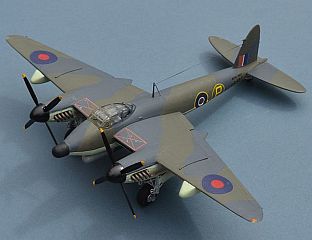Hawker P.1121 Hurricane F.2
603(City of Edinburgh)Sqn 1968
The P.1121 was a proposed private venture Mach 2.6 interceptor/strike aircraft from 1958. In many ways a development of the Hunter, the remains of the initial prototype are at RAF Cosford.
© 2026 www.gengriz.co.uk
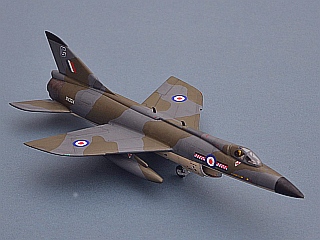
Saunders Roe P177N
803 Naval Air Squadron
HMS QUEEN ELIZABETH, 1969
The Saunders-
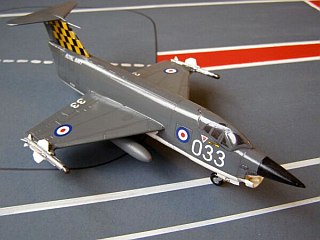
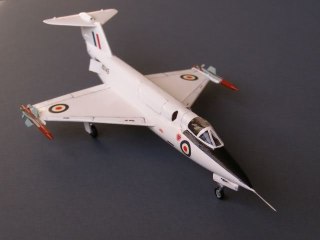
Saunders Roe SR.53
Rocket Development Aircraft
Boscombe Down, 1959
Isle of Wight based Saunders Roe produced the elegant and successful SR.53 research aircraft to prove the concept of a dual rocket/jet powered interceptor.
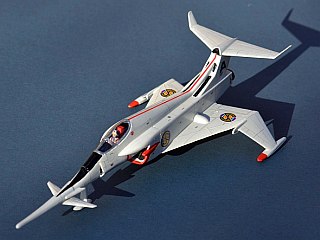
Angel Interceptor
Spectrum, Cloudbase, 2065
Hawker P.1154 RN
804 Naval Air Squadron
HMS HERMES, 1978
Hawker P.1127
VSTOL Development Aircraft,
HMS ARK ROYAL, 1963
The Angel Interceptor was created by Film maker Gerry Anderson's Century 21 production
company for the successful 1960s Captain Scarlet sci-
The P.1154 was Hawker's original proposal for an in-
The P.1127 was a flying test-

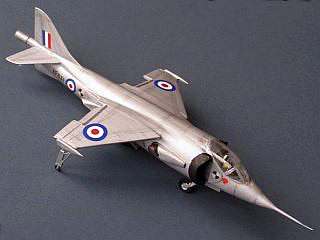

Fairey Delta II
Boscombe Down, 1956
Hawker Siddeley Kestrel FGA.1
Tripartite Evaluation Sqn 1965
Flown by Lt Cdr Peter Twiss, in 1956 the Fairey Delta 2 achieved a new World Air Speed Record (1,132mph). Plans to develop the concept were another victim of the Sandys' Defence Review.
The Kestel FGA.1 was a developed version of the P.1127. Nine aircraft were used for
trials by a joint UK-
Westland WS-
845 Naval Air Squadron,
Helmand 2012
Eurocopter Tiger AH.1
848 Sqn Royal Marines,
Helmand 2012
Carrier Eurofighter
899 Naval Air Squadron
RNAS Yeovilton, 2012
Westland gained a licence to build the Sikorsky Black Hawk design in Europe, but were unable to sell any against strong competition from Eurocopter and Boeing/EHI
The Eurocopter Tigre was the losing contender (to the Boeing Apache) in the UK Attack Helicopter competition.
A marinised Eurofighter design was considered for the CVF in the event that the JSF was not available.
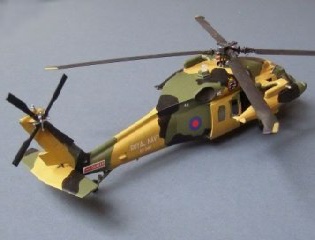
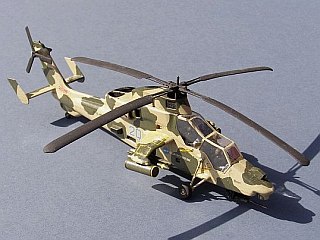
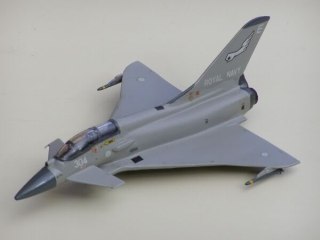
Convair XFY-
US Navy 1957
General Atomics MQ.1 Predator
809 Naval Air Squadron, 2012
Supermarine Seafang
Carrier Trials Unit
HMS ILLUSTRIOUS, 1946
The Pogo was one of a number of US experimental designs intended to allow VTOL operation from small ships.
UAVs are likely to become the main types flown from future aircraft carriers.
The Seafang married a new supercritical wing to a developed Seafire fuselage. Although a successful design, it did not enter service.
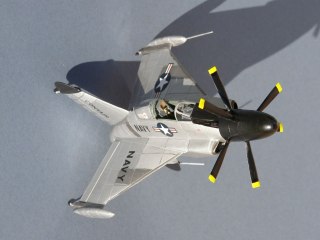
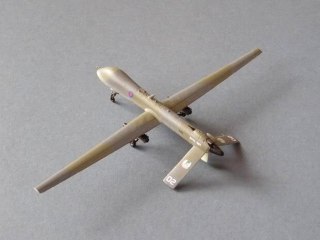

Horten Ho-
Luftwaffe 1946
Lippish P.13a
Luftwaffe 1946
The Ho229 was a development of the Lippisch flying wing. This is the twin-
The P.13a was planned as a supersonic interceptor. As aviation fuel was in short supply it was intended to power the ramjet with a powdered coal ramjet.
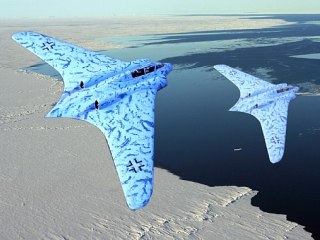
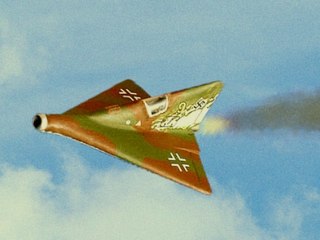 Return to Home Page
Return to Home Page
So, What-
The Aircraft on the following pages have all existed in some form, whether in reality or simply on paper.
Some were genuine research aircraft; some purely speculative designs that never took to the skies.
Where appropriate, I have added a little of my own imagination!
Click on the tiles below for more details of each model:
BAC Sea Lightning
892 Naval Air Squadron,
RNAS Lossiemouth, 1970s.
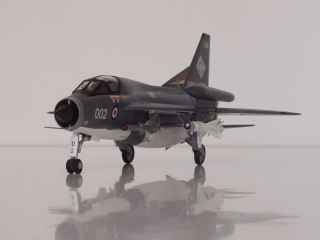
Lockheed Martin X-
800 Naval Air Squadron
HMS PRINCE OF WALES, 2020
Boeing X-
892 Naval Air Squadron
RNAS Lossiemouth, 2020
Navalised Sea Mosquitoes were fitted with folding wings, ASV radar and an arrestor hook. Armed with 4 x 20 mm cannon and either 2 x 500 lb bombs or 8 x 60 lb rockets and a single torpedo.
The F-
The awkward looking X-

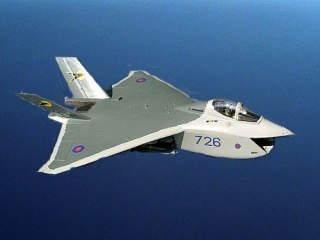
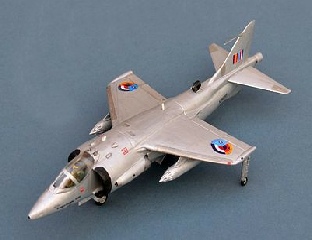

De Havilland DH.110
Proposed Naval Prototype 1953
The DH.110 started life as an RAF project, but was eventually picked up as the Royal Navy’s Sea Vixen.
De Havilland DH.98
Sea Mosquito TR,33
Prototype June 1945
